Party attire from the earlier decades were in accordance with noteworthy elements from each individual era. From high-waisted silhouettes circa 1970s to opera gloves that had a history dating back to the late 18th century, each decade has a fascinating fashion story to tell, and a notable point about these fashion elements is that they contribute to the current landscape.
In today’s post, we take a look at what party-goers from the past would wear, and how you could be inspired to take on these retro statement-makers for year-end celebrations this year:
1920s – 1930s
The iconic era of flapper girls, fringed dresses and the Art Deco movement, the 1920s had Mademoiselle Coco Chanel to thank for making trousers acceptable for ladies to wear. Among noteworthy details that signified a liberation in womenswear include: Corsets were deemed passé, hemlines of skirt and dresses were shortened, and a streamlined, drop-waist silhouette was favoured instead of body-hugging alternatives. Partywear was made of richly decadent fabrics such as satin and velvet, and embellishments (pearl, gold thread, etc) were popular alongside Art Deco patterns on jewellery and even interior design. The minaudiere (evening bags that fit very few items, and usually in an oblong shape) was created later in 1934 by iconic jeweller brand Van Cleef & Arpels.
Photo credits to catwalkyourself.com
Late 1930s – 1940s
Opera gloves, or elbow-length gloves, were a mighty important accessory for evening functions during this period of time. Waistlines were raised to the natural height and feminine curves were given a nod in the ’30s, thanks to modern fashion designers such as Vionnet and Schiaparelli. Wide shoulders were also introduced at this time, and evening gowns were popular with attendees in parties and clubs, especially when it’s a full ensemble with matching bolero jackets, hats, gloves, and shoes. Despite the restrictions made on clothing due to WWII, designers pooh-poohed that notion, bringing full-on glamour in Hollywood.
Photo credits to express.co.uk
Late 1940s – 1950s
Post-war saw the rise in influential movies and designers such as Audrey Hepburn’s iconic, trend-blazing character Holly Golightly in Breakfast at Tiffany’s, Christian Dior and Cristobal Balenciaga. This era brought forth new silhouettes and a completely reinvented look for the modern woman – Christian Dior’s iconic “New Look” shape made rounded shoulders, nipped waists and full skirts was en vogue with peplum jackets for its subtle femininity. Apart from ball gowns for more formal occasions, ballerina-length cocktail dresses were a favourite for parties. Later on, Balenciaga’s unfitted shapes and Yves Saint Laurent’s waist-less silhouette gradually found their place in the female society; and dresses morphed from fit-and-flare to straight/A-line styles.
Photo credits to fashion.lilithezine.com
1960s – 1970s
The ’60s saw the emergence of global cultures and youth subcultures melding together, including mod (think supermodel Twiggy, shift/box dresses, and micro-miniskirts) to rocker chic (everything leather). But one key detail is the influx of trousers – capris and jeans became popular for women to wear, and the 1970s hippie movement further exacerbated the denim trend with bell bottom jeans and basically any pants that had an ultra-wide flare at the bottom. Dressier options include flowing, bright fabric silhouettes, caftans, and even tunics worn over culottes.
Photo credits to 1960sfashionstyle and flashbak.com
1980s – 1990s
The mid to late ’80s saw the birth of neon, technicolour hues inspired by Madonna, Cyndi Lauper and even the cast of TV series Dynasty. Shoulder pads were all the rage, and it wasn’t common to sport big hair, sizable costume jewellery, and any form of sequins on their party outfits. For indoor casual gatherings, high-waisted jeans and turtlenecks were perhaps the dress code of the time. Come the ’90s, everything that was deemed fashionable in the previous decade became passé – minimalistic styles had its limelight in the form of slip dresses.
Photo credits to lily-patricia.blogspot.com and Pinterest
2000s – now
Boho chic inspired by the ’70s had its glory – paisley printed maxi dresses were popular at one time, not forgetting babydoll dresses, halter tops, and embroidered pieces influenced by ethnic fashion from other countries. What was considered a major trend was the plethora of miniskirts in all sorts of styles, from leather, wraparound, to satin, box-pleated and denim. The minidress also saw a short revival from the 1960s, reinterpreted with ultra short and snazzy hemlines.
Photo from Huffington Post
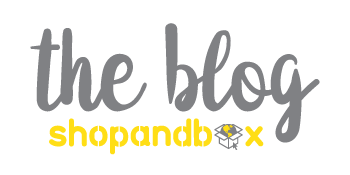
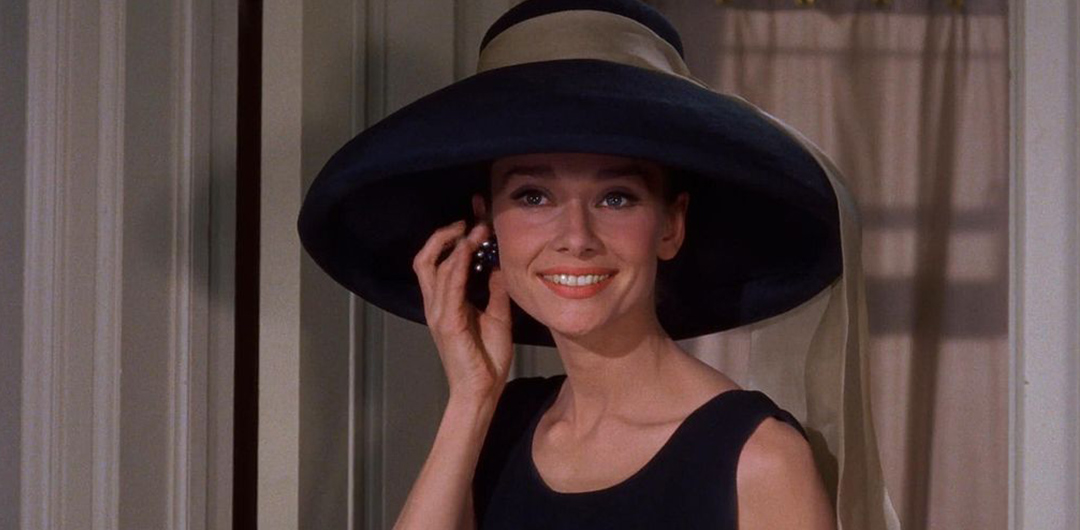
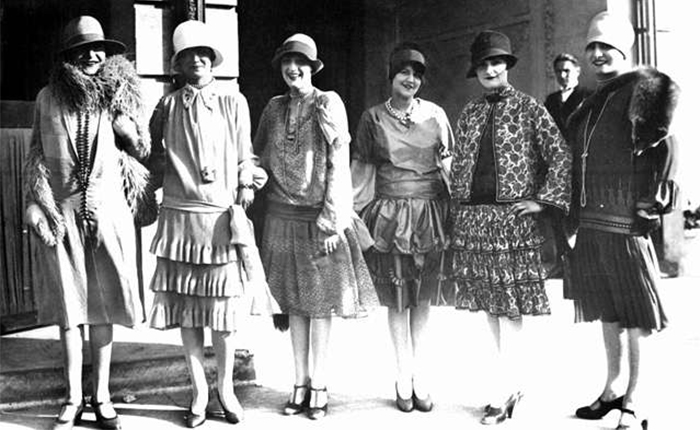
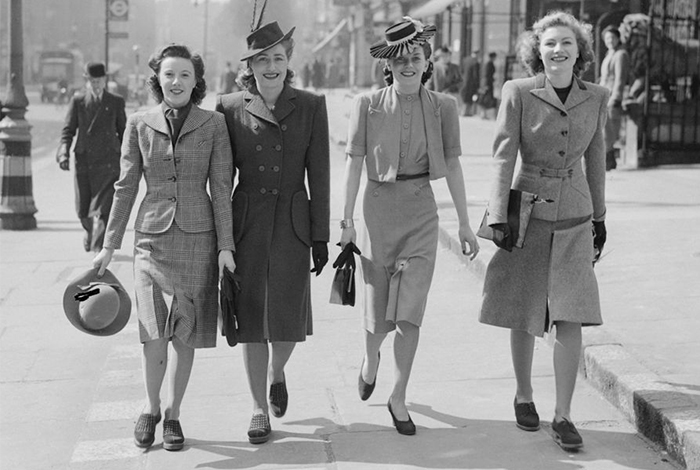
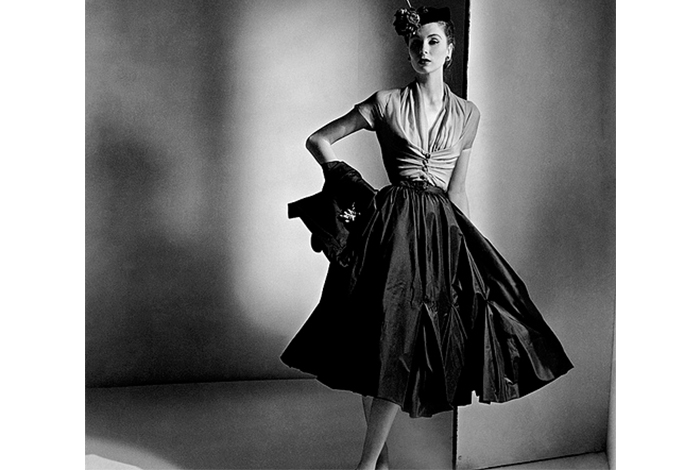
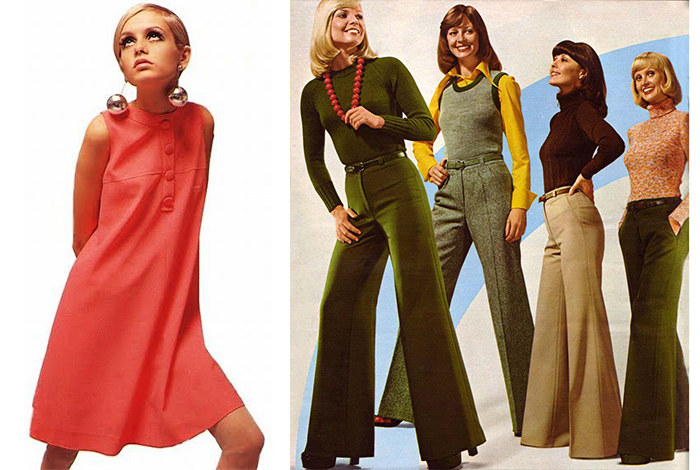
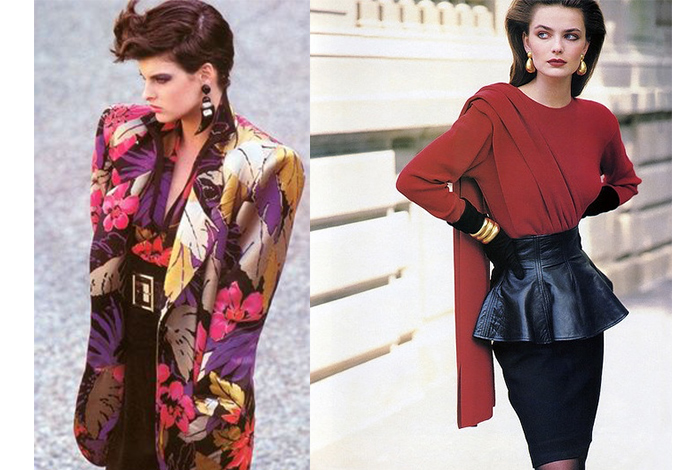
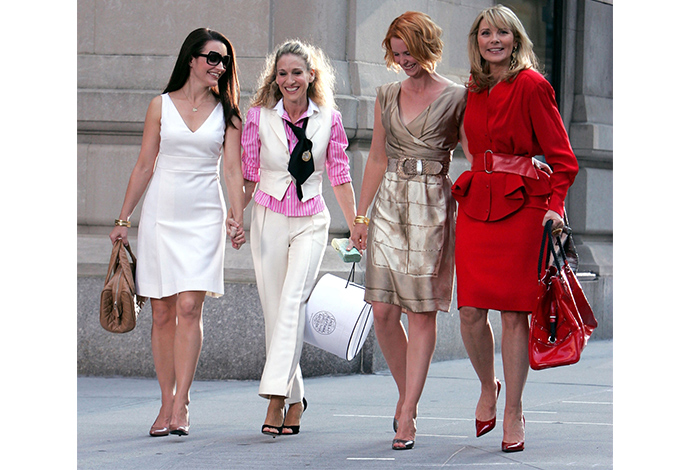
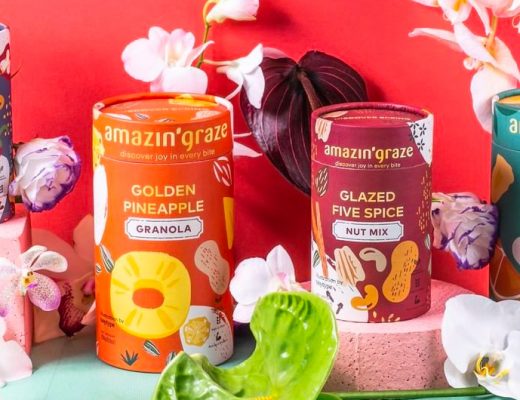

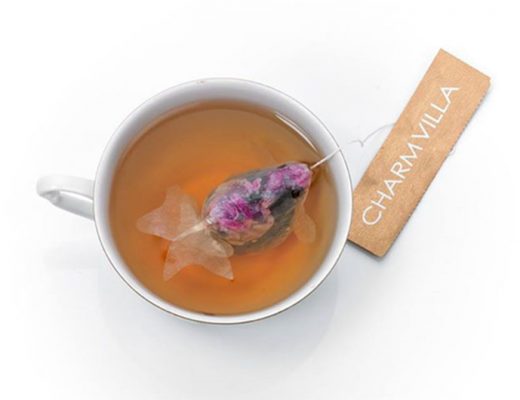








No Comments